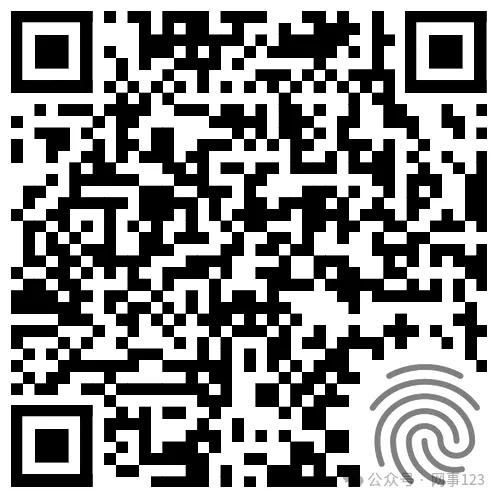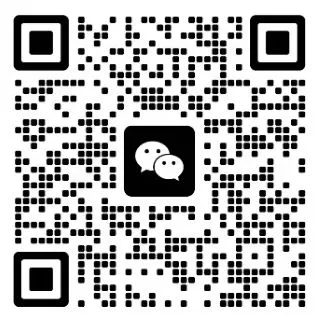Note: Please be aware that there is a resource download method at the end of the article. Please download and save it as soon as possible to avoid deletion!
MQTT and WebSocket: The Collision and Fusion of Two Communication Methods
In the world of the Internet of Things (IoT), data transmission is core. When it comes to data transmission, we must mention MQTT and WebSocket, two popular technologies. They are like two martial arts masters, each with their own unique skills, but can also work together in certain scenarios. Today, let’s discuss the characteristics, differences, and how to use these two together.
What is MQTT?
Let’s start with MQTT! MQTT is a lightweight messaging protocol, which stands for *Message Queuing Telemetry Transport*. It is specifically designed for resource-constrained devices and low-bandwidth networks, making it very suitable for IoT scenarios.
- Features:
- Based on a publish/subscribe model, decoupling the sender and receiver.
- Supports QoS (Quality of Service), ensuring the reliability of message delivery.
- The protocol header is very small, saving bandwidth.
For example, a temperature sensor in a smart home sends data to the cloud via MQTT, while a mobile app can subscribe to this data and display it in real-time. Isn’t that cool? 😎
Who is WebSocket?
Now let’s take a look at WebSocket. WebSocket is a full-duplex communication protocol that allows a long-term connection between the client and server. Compared to the traditional HTTP request-response model, WebSocket is more efficient, especially suitable for applications that require frequent interactions.
- Features:
- Bidirectional communication can occur after a single handshake.
- Simple data frame format, supporting both text and binary data.
- Significantly reduces latency, enhancing user experience.
For instance, in an online chat application, messages between users can be transmitted in real-time, thanks to WebSocket! 💬
Similarities and Differences between MQTT and WebSocket
Although both are used for data transmission, their goals and applicable scenarios are not entirely the same.
Similarities
- Both support real-time communication.
- Both can handle high concurrency scenarios.
- Both exhibit low latency performance.
Differences
| Feature | MQTT | WebSocket |
|---|---|---|
| Protocol Type | Messaging Protocol | Transport Protocol |
| Mode | Publish/Subscribe | Full Duplex |
| Applicable Scenarios | IoT, Embedded Devices | Real-time Chat, Financial Transactions, etc. |
| Bandwidth Usage | Extremely Low | Relatively Low |
In simple terms, if your device has limited memory or the network environment is unstable, then MQTT is the better choice. However, if you need more flexible bidirectional communication, WebSocket has the advantage.
MQTT + WebSocket: A Strong Alliance
Sometimes, relying solely on MQTT or WebSocket may not meet the needs. In this case, we can combine the two!
For example, in a smart agriculture system:
1. Temperature and humidity sensors upload data to the cloud via MQTT.
2. The farm manager’s computer or mobile device receives this data in real-time via WebSocket and displays it on a dashboard.
This combination leverages the low power characteristics of MQTT while utilizing the efficient communication capabilities of WebSocket. 👏
How to Choose?
The choice of technology depends on your specific needs:
- If your project involves a large number of small devices and has strict bandwidth requirements, then use MQTT.
- If you need to implement complex front-end features, such as collaborative document editing, then use WebSocket.
- If both are needed, feel free to try combining them! 💡
Practical Case Sharing
Suppose we want to develop a smart home control system, here are the possible technology selections:
- Device Side: Thermostats, light controllers, etc., communicate with the gateway via MQTT.
- Gateway Side: Forwards MQTT data to the cloud.
- Cloud Side: Provides REST API and WebSocket interfaces for user apps.
- User Side: The app retrieves real-time status via WebSocket and sends control commands via REST API.
This architecture ensures low power operation on the device side while providing users with a smooth interactive experience. 👍
Development Considerations
Whether using MQTT or WebSocket, the following points need attention:
- Security: Encrypt communication content to prevent data leakage.
- Compatibility: Ensure protocol versions are consistent across different platforms.
- Performance Optimization: Adjust QoS and other parameters based on actual needs.
Additionally, don’t forget to test various exceptional situations, such as network interruptions and device disconnections. Only a thoroughly validated system can operate reliably. ⚠️
I hope this article helps you better understand the relationship between MQTT and WebSocket. If you are developing related projects, why not try combining the two? You might achieve unexpected results! ✨
Resource Download: |
Add me on WeChat: |
Support me: |
Writing is not easy, thank you for liking and sharing. May good people live in peace~~~